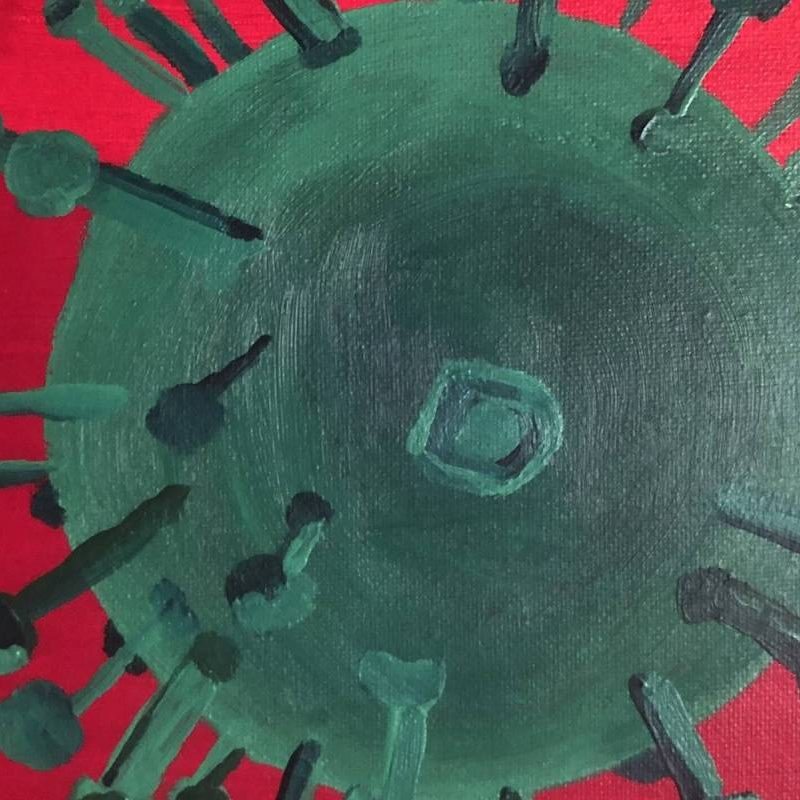New Paper: Comparative analysis of COVID-19 diagnoses and mortality among hospitalized indigenous and non-indigenous populations in Chile: 2020–2021
This new paper is part of our 2022-23 Centre for Advanced Study – CAS project: https://cas-nor.no/project/social-science-meets-biology
Background
Current literature presents mixed effects of the COVID-19 pandemic on Indigenous communities. We aim to highlight potential disparities and temporal shifts in both the impact of COVID-19 and vaccine uptake among hospitalized Indigenous populations in Chile.
Methods
We conducted an observational analysis utilizing 1,598,492 hospitalization records from 2020 to 2021 based on publicly accessible hospital discharge data spanning 65 healthcare facilities of medium and high complexity funded through the Diagnosis-Related Groups (DRG) mechanism in Chile, representing roughly 70% of the country’s total hospitalizations. This was supplemented with publicly available municipal data on COVID-19 vaccinations and socio-demographic variables. We performed logistic regression analysis at 0.05 level of significance to assess the bivariate and multivariable association of Indigenous status with COVID-19 diagnosis and COVID-19 deaths among hospitalized populations. We also performed univariate and multiple linear regression to assess the association of COVID-19 vaccination rate and Indigenous status at the municipality level. In addition, we report the distribution of top 10 secondary diagnoses among hospitalized COVID-19 cases and deaths separately for Indigenous and non-Indigenous populations.
Results
Indigenous populations displayed lower adjusted odds for both COVID-19 diagnosis (OR: 0.76, 95% CI: 0.74, 0.77) and death (OR: 0.91, 95% CI: 0.85, 0.97) when compared to non-Indigenous groups. Notably, the adjusted odds ratio for COVID-19 diagnosis in Indigenous populations rose from 0.59 (95% CI: 0.57, 0.61) in 2020 to 1.17 (95% CI: 1.13, 1.21) in 2021. Factors such as the significantly higher median age and greater number of comorbidities in the non-Indigenous hospitalized groups could account for their increased odds of COVID-19 diagnosis and mortality. Additionally, our data indicates a significantly negative adjusted association between COVID-19 vaccination rates and the proportion of Indigenous individuals.
Conclusion
Although Indigenous populations initially showed lower odds of COVID-19 diagnosis and mortality, a marked rise in diagnosis odds among these groups in 2021 underscores the urgency of targeted interventions. The observed negative association between the proportion of Indigenous populations and vaccination rates further underscores the necessity to tackle vaccine access barriers and work towards equitable distribution.
